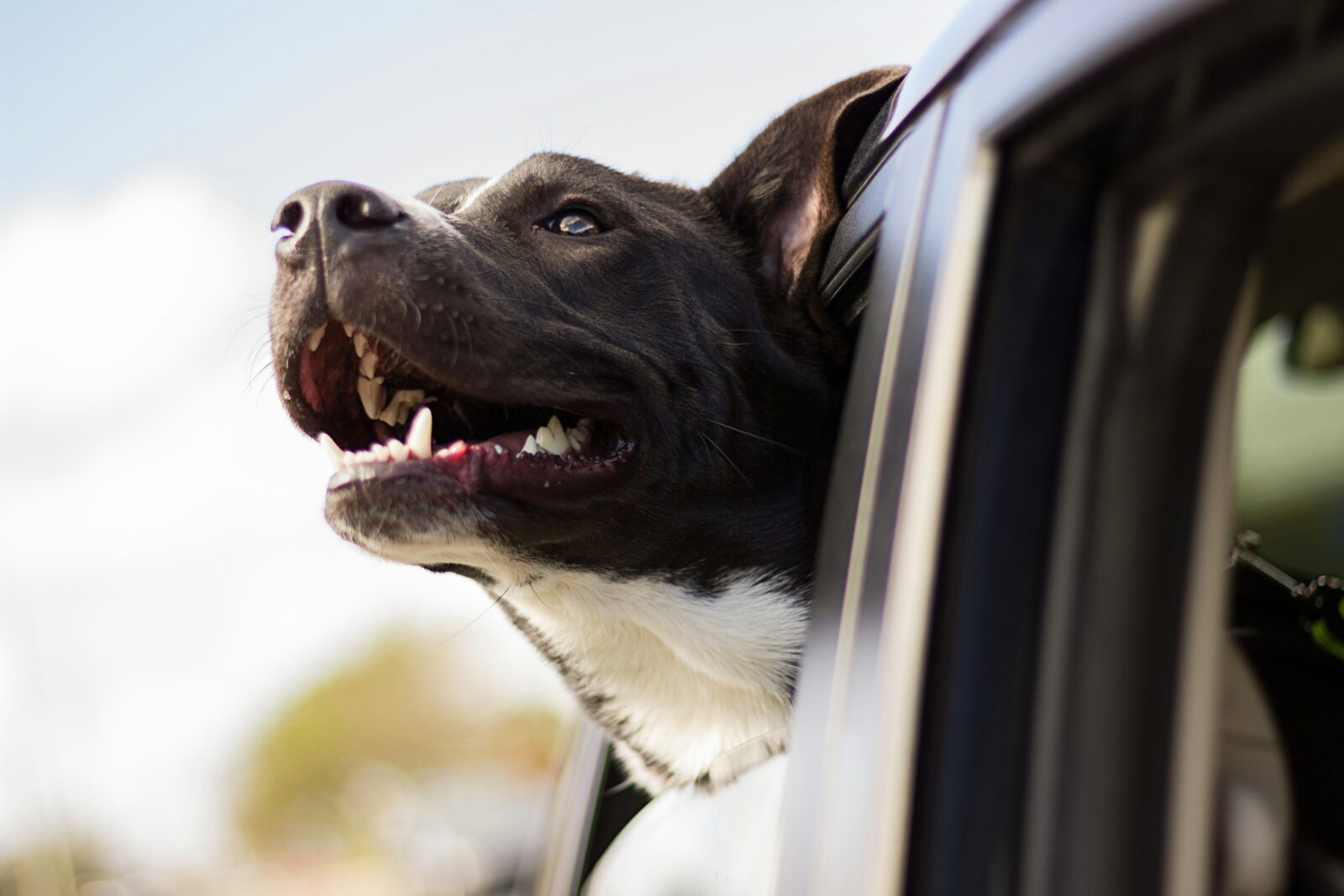Separation anxiety is a common yet often misunderstood issue that affects many dogs. As devoted pet owners, it can be heart-wrenching to see our beloved companions struggle when we’re not around. Understanding separation anxiety, recognizing its signs, and implementing effective solutions can help both you and your dog find relief and comfort. In this guide, we’ll delve into the causes, symptoms, and strategies to manage separation anxiety, ensuring your dog can feel secure even when you’re away.
What Is Separation Anxiety in Dogs?
Separation anxiety occurs when a dog experiences significant stress and distress due to being separated from their owner or primary caregiver. This condition can manifest in various behavioral problems, including destructive actions and vocalizations, and can significantly impact both the dog’s and the owner’s well-being.
Signs of Separation Anxiety
Identifying separation anxiety can sometimes be challenging, especially if you’re not familiar with its symptoms. Here are some common signs that your dog might be experiencing separation anxiety:
1. Excessive Barking or Howling
Dogs with separation anxiety often vocalize excessively when left alone. This barking or howling is a cry for attention and may continue for the duration of your absence.
2. Destructive Behavior
Chewing furniture, scratching doors, or digging up carpets are signs that your dog may be acting out due to stress. This behavior typically occurs around the area where you exit or in your absence.
3. Pacing and Restlessness
A dog with separation anxiety may exhibit restless behavior, such as pacing in circles, constantly moving from one spot to another, or displaying an inability to settle down.
4. Urinating or Defecating Indoors
Even if your dog is house-trained, separation anxiety can cause them to have accidents indoors when you’re not around. This happens due to extreme stress and loss of control.
5. Excessive Drooling or Panting
Some dogs may exhibit physical signs of stress, such as excessive drooling, panting, or trembling when left alone.
6. Clinginess When You’re Home
A dog that follows you around the house, is overly needy, or becomes anxious when you prepare to leave may be showing signs of separation anxiety.
Causes of Separation Anxiety
Understanding the underlying causes of separation anxiety can help in addressing it more effectively. Some common causes include:
1. Change in Routine
A sudden change in your dog’s routine, such as a new work schedule, moving to a new home, or a change in household dynamics, can trigger separation anxiety.
2. Lack of Socialization
Dogs that haven’t been properly socialized or exposed to alone time during their formative years may develop separation anxiety more easily.
3. Previous Trauma
A history of abandonment, abuse, or neglect can lead to separation anxiety. Dogs that have been rehomed or rescued may be particularly susceptible.
4. Genetic Factors
Some breeds and individual dogs are more predisposed to separation anxiety due to their temperament and genetic predispositions.
Effective Strategies to Manage Separation Anxiety
Managing separation anxiety involves a combination of behavioral strategies, training, and sometimes medical intervention. Here’s a comprehensive approach to help your dog feel more secure:
1. Gradual Desensitization
Gradual desensitization involves slowly acclimating your dog to being alone. Start by leaving your dog alone for short periods and gradually increase the duration as they become more comfortable. Always reward calm behavior with praise or treats when you return.
2. Create a Safe Space
Designate a specific area in your home where your dog can feel secure when you’re away. Provide comfortable bedding, toys, and items that smell like you to create a sense of familiarity.
3. Establish a Routine
Dogs thrive on routine. Try to maintain a consistent schedule for feeding, walks, and playtime. Predictable routines can help reduce anxiety by providing structure and stability.
4. Interactive Toys and Puzzles
Keep your dog engaged with interactive toys and puzzles that stimulate their mind and keep them occupied while you’re gone. These distractions can help alleviate boredom and reduce anxiety.
5. Training and Behavioral Modification
Consider enrolling your dog in a training program or working with a professional dog trainer who specializes in separation anxiety. Behavioral modification techniques can help change your dog’s response to being alone.
6. Use of Calming Products
There are various calming products available, such as anxiety wraps, pheromone diffusers, and calming chews. These can help ease your dog’s anxiety and create a calming environment.
7. Avoid Emotional Departures and Arrivals
Try to avoid making a big fuss when leaving or returning home. Keeping departures and arrivals low-key can help reduce the anxiety associated with these events.
8. Medical Intervention
In severe cases, medication prescribed by a veterinarian may be necessary to manage separation anxiety. This should always be combined with behavioral strategies for the best results.
Seeking Professional Help
If your dog’s separation anxiety is severe or doesn’t improve with initial strategies, seeking help from a professional is crucial. A veterinary behaviorist or a certified dog trainer can provide tailored guidance and support.
Conclusion
Separation anxiety is a challenging condition for both dogs and their owners, but with the right approach, it is manageable. By recognizing the signs, understanding the causes, and implementing effective strategies, you can help your dog feel more secure and reduce their anxiety when you’re away. Remember, patience and consistency are key, and professional assistance can be a valuable resource in overcoming this issue.










Leave a Reply